As associate art director of Alfred A. Knopf Books, Peter Mendelsund has designed hundreds of book jackets over the past decade, including his acclaimed cover for The Girl With the Dragon Tattoo and jackets for the works of classic authors such as James Joyce, Franz Kafka, and Simone de Beauvoir. This week he published What We See When We Read, about the phenomenology of reading, and Cover, a monograph that includes examples of his best work, his thoughts on designing, and short essays by some of the writers whose work he has covered. Here at the Eye, Mendelsund shares an excerpt from Cover that considers the utility of book jacket design in our ever-more digital literary world.
What is a book cover?
A skin. A membrane. A safeguard. The book jacket protects the boards of a book from scuffing and sun damage. However, for most books (trade and mass-market books), the jacket is no longer needed as a protective outer layer. These books’ boards are cheap, durable, and undersigned (around the turn of the 20th century, the decorative aspects of the book’s covering transferred from the binding to the jacket itself). If, for the majority of books, the jacket no longer serves a protective function, it still shields the subcutaneous narrative metaphorically. As we spend more of our reading time in digital, disembodied, notional environments where texts lack differentiation and may easily leach into one another unconstrained, covers (and physical books in general) remain part of an anxious cultural effort to corral and contain the boundless. The cover is a skin, here, in the sense that it provides a book with a unique face, and in so doing, it helps establish a text’s unique identity. The cover thus holds (in the sense of constrains) and restricts (in the sense of tethers) the text.
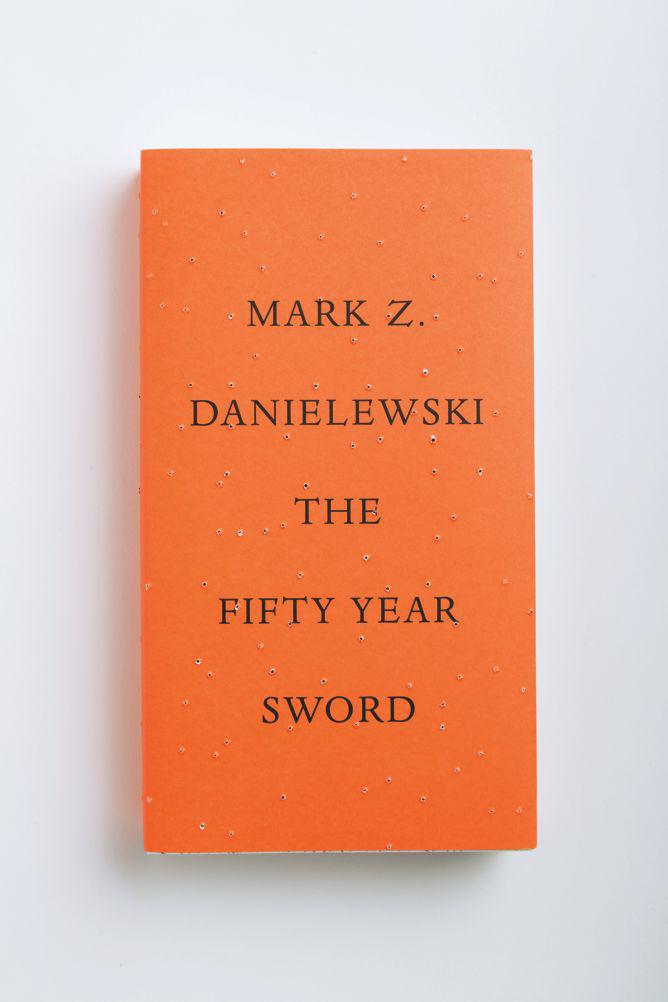
Courtesy of George Baier IV
A frame. The text requires a context. A text also requires some kind of preamble, a throat clearing, an entryway, an antechamber. Jackets are the visual equivalent to the foreword, or to a front door. The jacket is a paratextual neutral ground between text and world.

Courtesy of George Baier IV
A reminder. A distinct jacket mapped to a distinct text helps index that text, identify and remind you of it. If you are looking for it, it is easier to find. If you need a mnemonic device for it, simply picture the jacket in your mind’s eye.
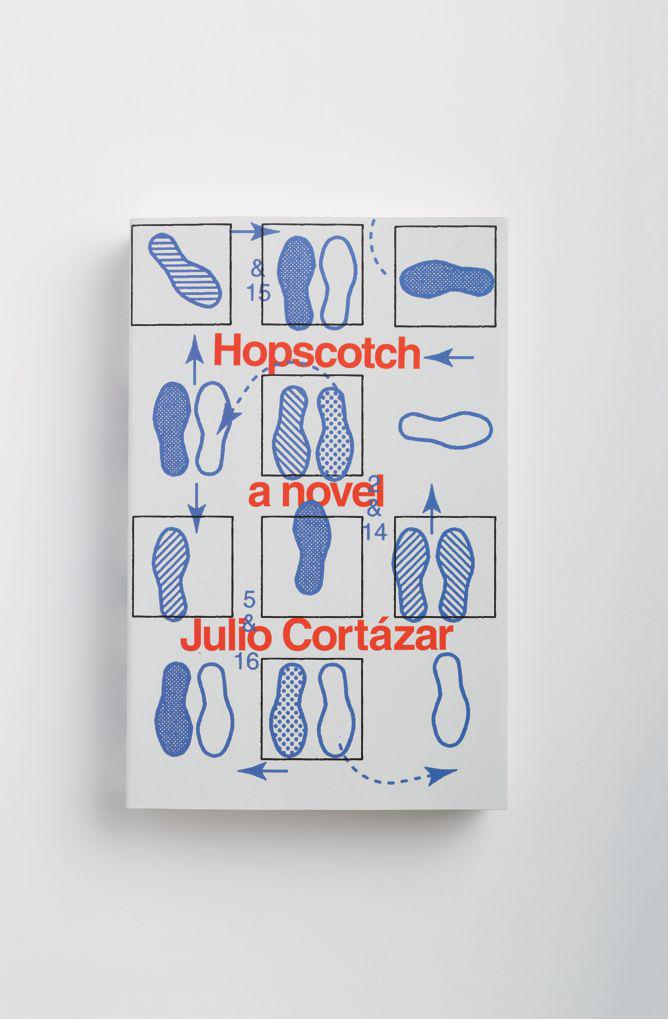
Courtesy of George Baier IV
A souvenir, talisman, token. Reading takes place in another realm, in a nebulous, mental realm. The jacket is the souvenir we take back with us from these metaphysical travels. In this sense, the jacket is a snow globe, a T-shirt, a commemorative key chain.
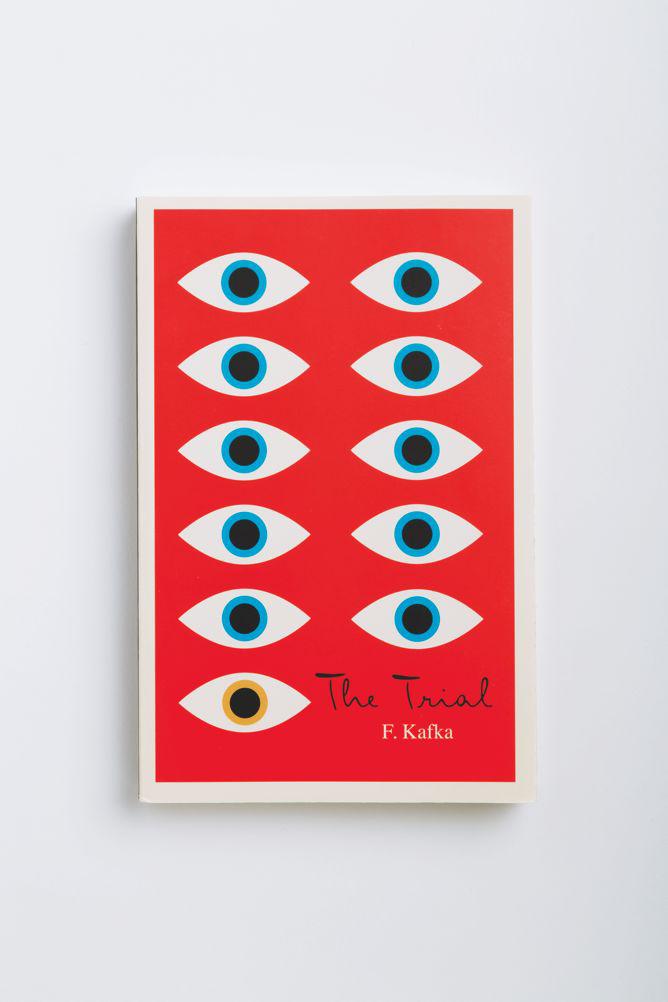
Courtesy of George Baier IV
An information booth. The jacket tells you what the book is: what the title is, who the author is, what the book is about, what genre it may belong to. It will tell you who else read and enjoyed this book. The jacket is a grab bag of information: some primary, some subsidiary, some important, some annoying trivial. A jacket, like an information booth, will also locate you “geographically,” if, like me you use flaps as bookmarks.

Courtesy of George Baier IV
A decoration. Books and book jackets help us decorate our living spaces. They allow us to live prettily among our accumulated wisdom. (Presuming that we have read our books.)

Courtesy of George Baier IV
A name tag, a secret handshake. Books (like cars, cloths, etc.) telegraph who we are. If you see someone reading Fifty Shades of Grey, you may make assumptions about him or her that you will most likely not extend to that person on the subway reading Phenomenology of Spirit. In this way book jackets are advertisements for ourselves.
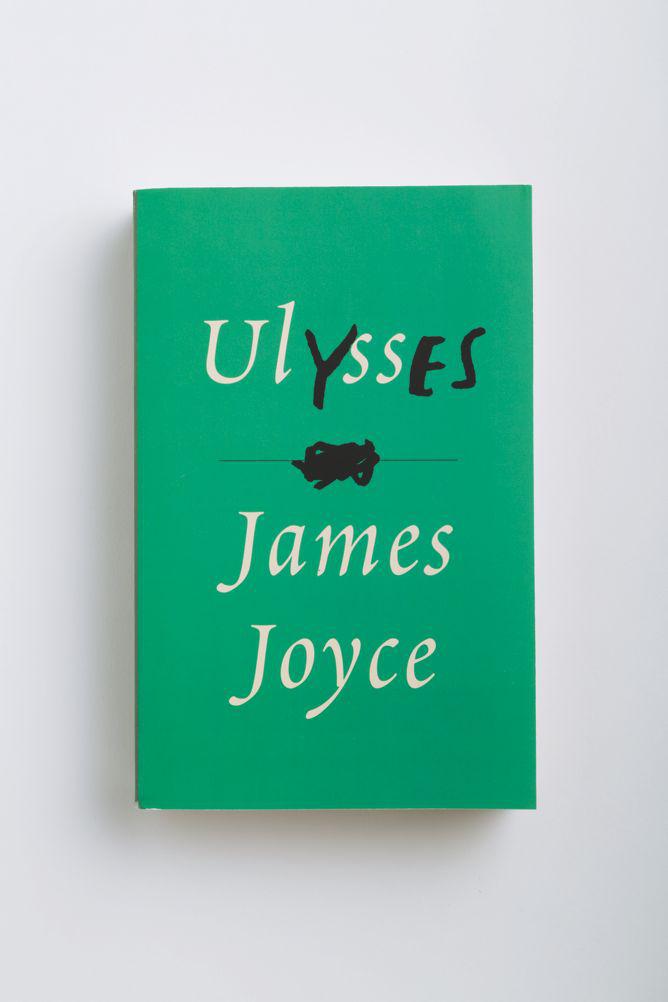
Courtesy of George Baier IV
A teaser. A jacket is also a teaser, in the sense of a trailer, in that it should give us just enough information to entice.

Courtesy of George Baier IV
A trophy. “Just look at what I’ve read!”

Courtesy of George Baier IV
A carnival barker, billboard, advertisement. Jackets are expected to help sell books. And so they do—they wheedle, shout, joke, cajole, wink, grovel, and otherwise pander in every possible way in order to get a consumer to pick up a given text.
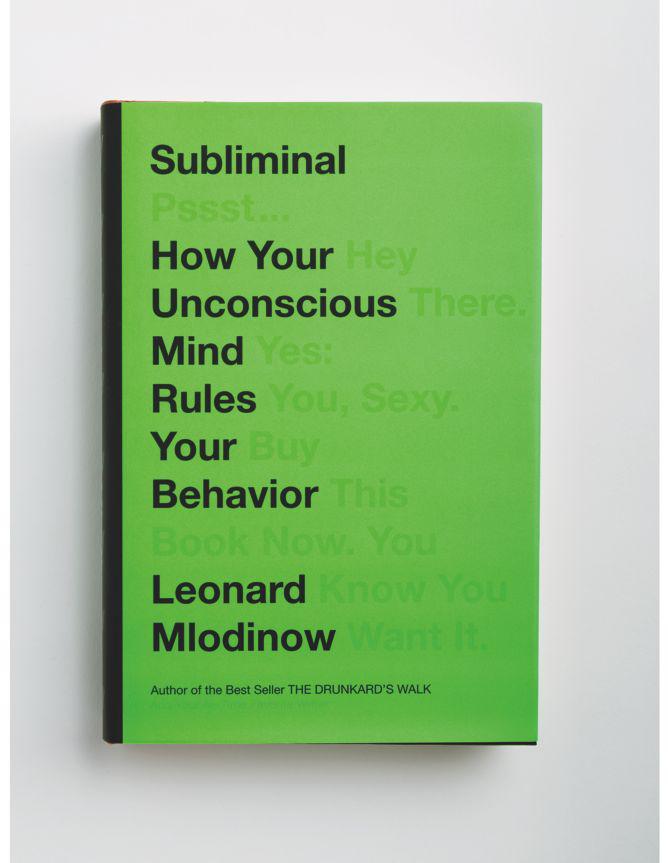
Courtesy of George Baier IV
A translation. The jacket is a rendition of a book, a reading of it, an enactment.

Courtesy of George Baier IV
Is the book jacket necessary? No.